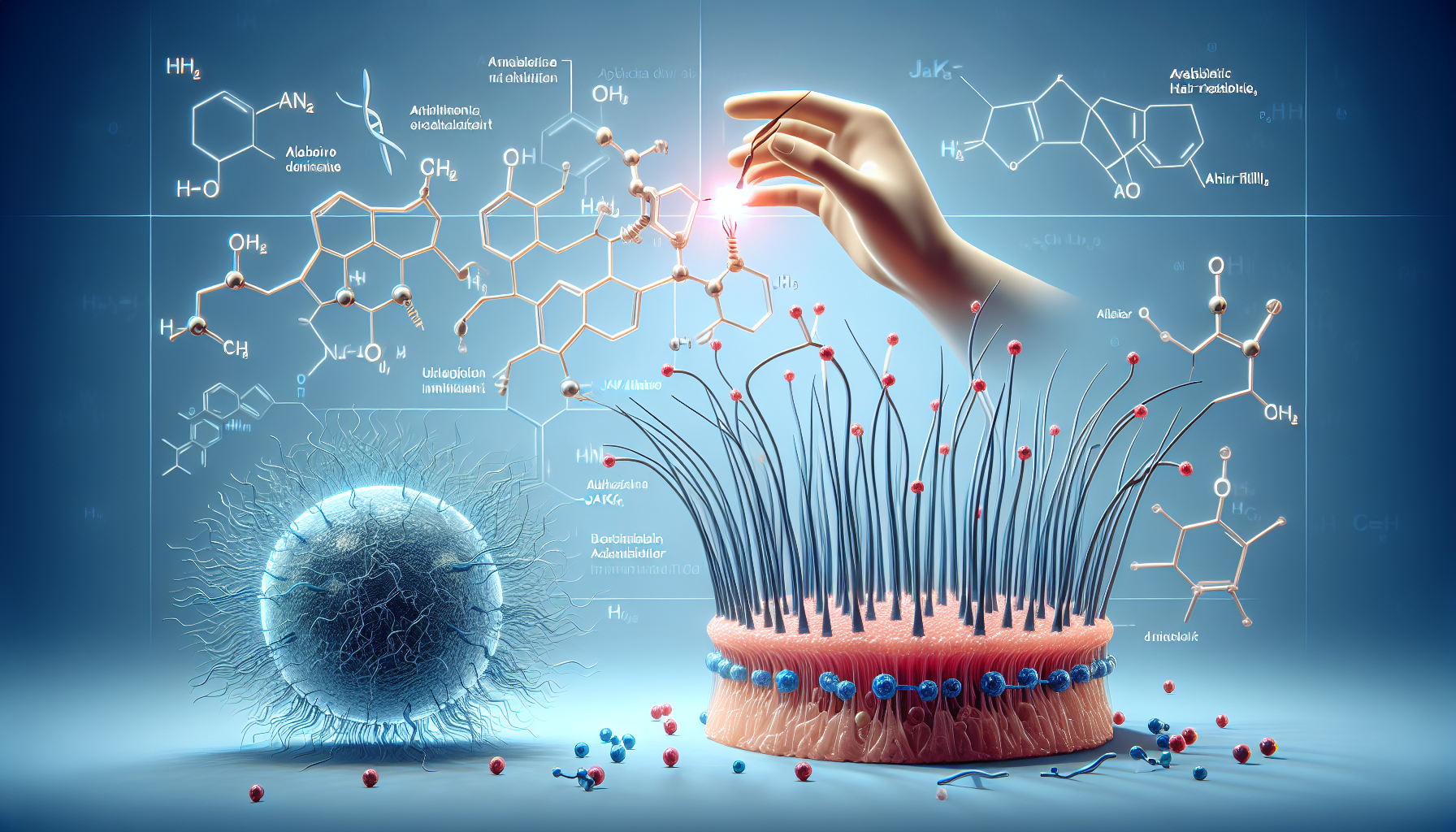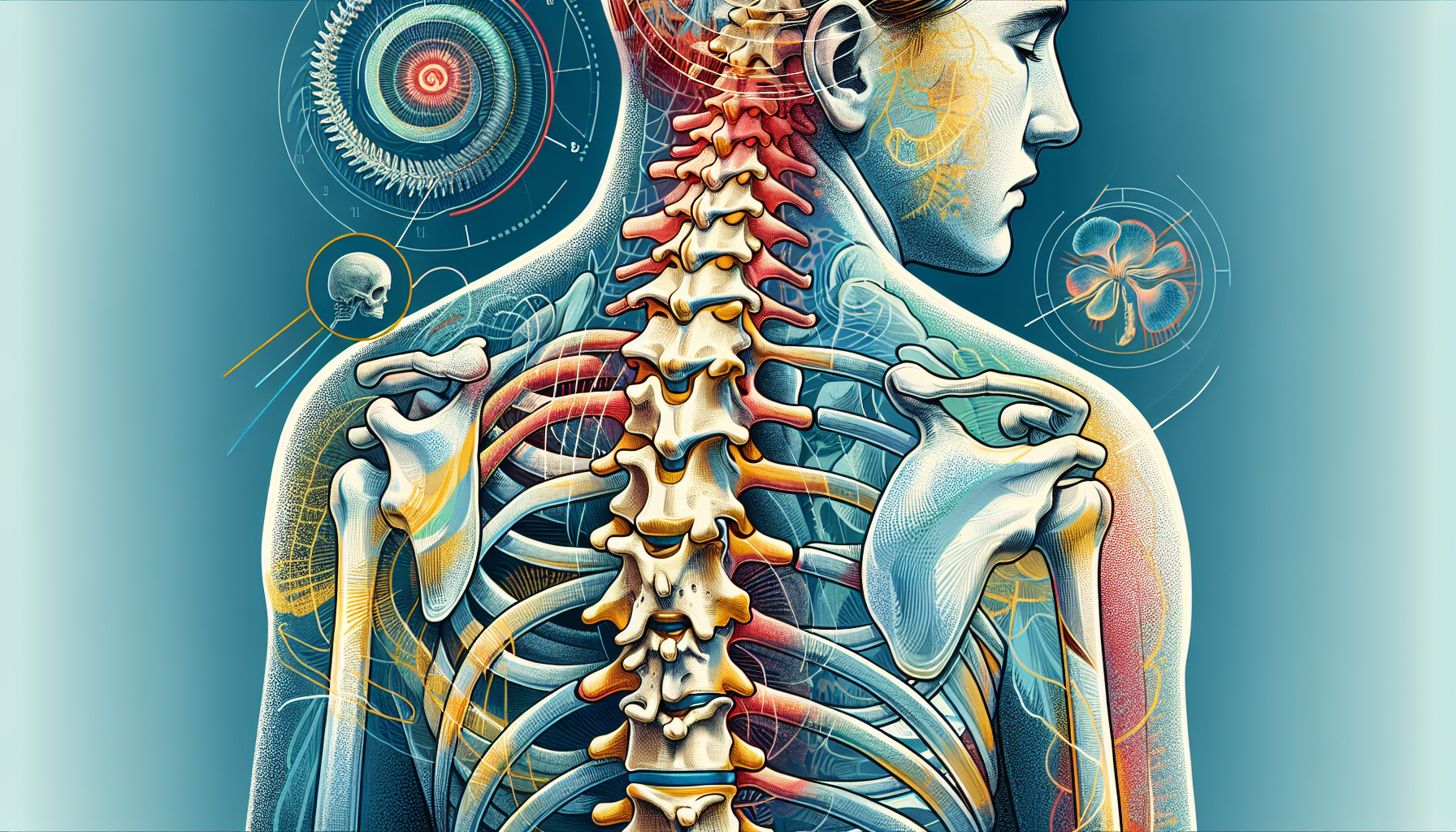Understanding Neurocysticercosis: A Comprehensive Overview
Key Takeaways
- Neurocysticercosis is a serious brain infection caused by the larvae of the pork tapeworm, Taenia solium, which can lead to a range of neurological symptoms depending on cyst location within the brain.
- Preventing neurocysticercosis involves improving sanitation, ensuring proper cooking of pork, and maintaining food and water safety to break the lifecycle of the tapeworm.
- Neurocysticercosis is a significant cause of neurological disorders in many parts of the world, particularly in regions with poor sanitation, and is a leading cause of acquired epilepsy in developing countries.
Did You Know?
Introduction to Neurocysticercosis
Neurocysticercosis is a serious brain infection caused by the larvae of the pork tapeworm, Taenia solium. This condition occurs when the tapeworm larvae enter the human brain and form cysts. These cysts can cause a range of neurological symptoms depending on their location within the brain.
Although not common in the United States, neurocysticercosis is a significant cause of neurological disorders in many parts of the world, particularly where pigs are raised and sanitation practices are poor.
Transmission and Lifecycle of Taenia Solium
The lifecycle of the pork tapeworm is complex, involving both humans and pigs. Humans can acquire the tapeworm by consuming undercooked pork that contains cysts. The tapeworm then matures and lays eggs within the human intestine. These eggs can be spread through poor hygiene practices, contaminating food or water that is then consumed by pigs, perpetuating the cycle.
Humans can also become infected by ingesting the eggs directly from contaminated sources, leading to neurocysticercosis if the larvae migrate to the brain.
Symptoms and Diagnosis
Neurocysticercosis can be asymptomatic or cause symptoms ranging from seizures and headaches to cognitive impairments and personality changes. The severity of symptoms generally depends on the cyst's location in the brain.
Diagnosing this condition typically involves imaging tests such as CT scans or MRIs, which can detect the presence of cysts in the brain. Additionally, specific blood tests like the enzyme-linked immunotransfer blot (EITB) are used to confirm the diagnosis.
Treatment Options
Treatment for neurocysticercosis varies based on the number and stage of cysts. Anti-parasitic medications are commonly used to treat live cysts, while steroids may be prescribed to reduce inflammation caused by dying cysts.
In severe cases, surgical interventions such as neuroendoscopy may be necessary to remove cysts that block cerebral ventricles. Patients with complications like hydrocephalus, where excess fluid accumulates in the brain, might require the placement of a shunt to relieve pressure.
Prevention and Control
Preventing neurocysticercosis involves improving sanitation and food safety practices to interrupt the lifecycle of Taenia solium. This includes cooking pork thoroughly and ensuring that food and water are not contaminated with fecal matter.
In regions where the disease is endemic, public health efforts focus on treating infected individuals and educating communities about proper hygiene and food safety to prevent the spread of the tapeworm.
Global Impact and Research
Neurocysticercosis is a leading cause of acquired epilepsy in many developing countries, significantly impacting public health. Research continues to focus on better diagnostic, treatment, and prevention strategies to control the spread of this debilitating disease.
International collaborations and guidelines, such as those from the Infectious Diseases Society of America, play a crucial role in managing and reducing the incidence of neurocysticercosis worldwide.






